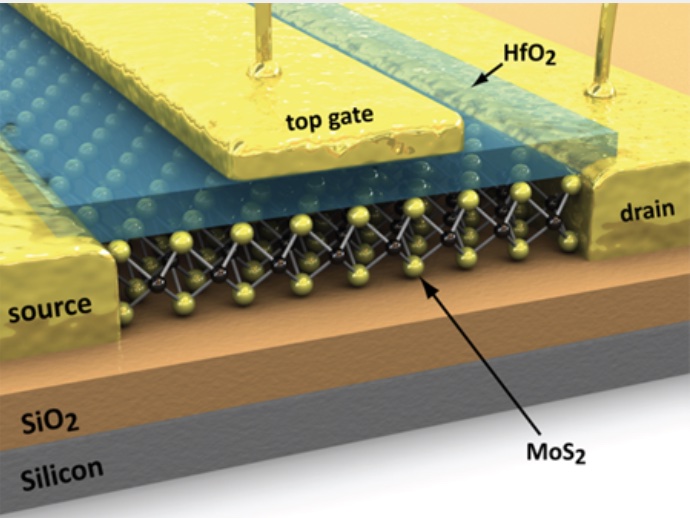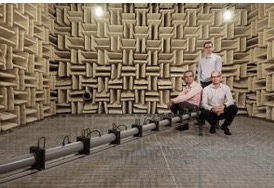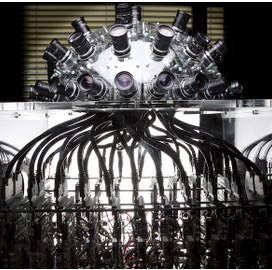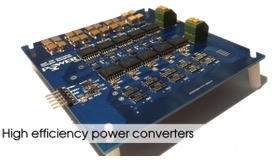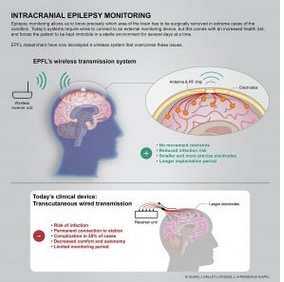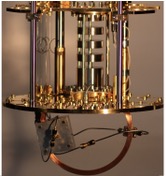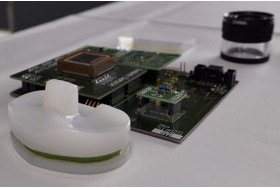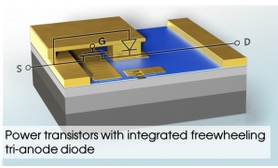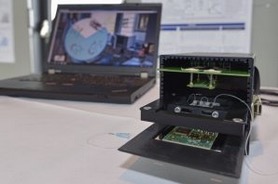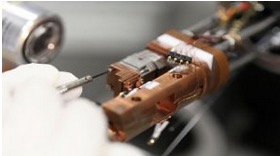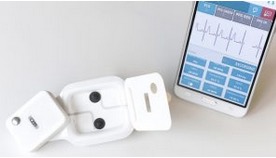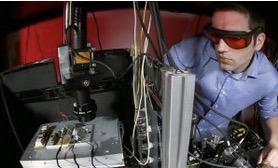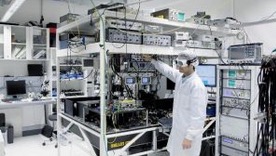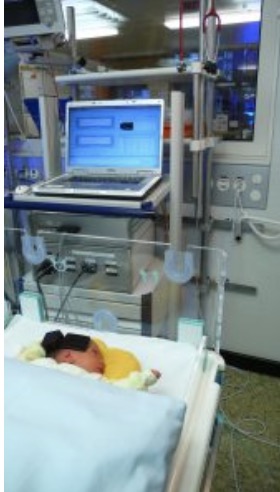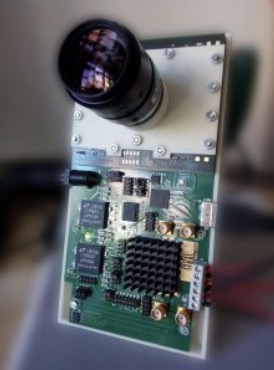Electronic Devices, Circuits and Systems
Semiconductor devices and integrated circuits are enabling technologies for many cross disciplinary integrative domains such as intelligent systems, digitization, big data, personal medicine, brain-machine interfaces, or ubiquitous communication and IoT. All these and many other areas of innovation, rely on the ability to tightly integrate not only means of computation, but also storage, analog and RF interfaces, and sensing capabilities. Such high levels of integration have so far been facilitated by the rapid evolution of CMOS technologies, but recently, demands for example of AI systems have started to outpace the stagnating process of CMOS technologies. IEM labs address the arising gap between emerging application requirements and current technologies in multiple ways. On the system side, they exploit domain knowledge and collaboration with other labs to better utilize the available resources. On the circuit side, new compute paradigms such as in-memory computing and new circuit topologies provide scaling and benefits without relying only on the continued progress of Moore’s law. Advanced design automation tools and methodologies thereby help to ensure that such highly complex systems can be optimized to fully exploit the capabilities of available and future technologies. Finally, our activities are not limited to conventional silicon-based technologies, but cover a wide range that includes novel emerging technologies and innovation by new materials. New nanoscale devices help either facilitate the further evolution of advanced CMOS nodes or provide process extensions to the capabilities of standard technologies with innovative devices such as new types of memories, switches, or sensors. In summary, this domain is an essential core area in IEM as it concerns the hardware to enable both digitalization and analog/RF information processing. Building on this foundation, the circuits, systems and devices area is also uniquely positioned to further grow and systematically address new challenges such as complementing classical nanoelectronics technologies by quantum devices and circuits.
Key research themes
- ULSI digital circuits and systems: ultra large scale integrated (ULSI) digital integrated circuits, design in nanoscale technologies, VLSI signal processing, intelligent system architectures.
- Mixed-signal VLSI circuit design: analog and mixed-signal IC design, sensors interface analog VLSI, analog CAD tools, analog RF circuits.
- Energy efficient, low power electronics for digital and analog information processing: beyond scaling, the energy efficiency became one of the main drivers of future electronic systems, from Edge to Cloud. While nanoscale CMOS addresses in part some of these challenges, there is still need of significant innovation in new energy efficient devices principles and circuit/architecture design (such as 3D, in-memory computing, neuromorphic) to advance in this domain. Low power analog and RF CMOS IC design, wireless and VLSI design for sensor networks, device modelling, MOS transistor models (EKV).
- Design methods and tools: algorithms and tools for integrated circuits and systems design, 3D systems, nanoarchitectures and integrated biosystems. Language-based modeling and validation of SoC components.
- Integrated sensors, including biosensors, for detection of biomolecules, electrical-based interactions with living matter, high-throughput systems and Micro/Nano-Electro-Mechanical Systems (M/NEM) for sensing, optical and radiofrequency applications.
- Nano-electronics beyond CMOS: design and modelling of novel nanoscale solid-state devices. Electronic properties of nanoscale structures, quantum phenomena, device and circuit fabrication, design and modeling, device-to-system engineering for increased performance, functionality and energy savings beyond CMOS.
- Computational electromagnetics: design, analysis and characterization of passive microwave and mm-wave circuits, antennas and wireless devices.

